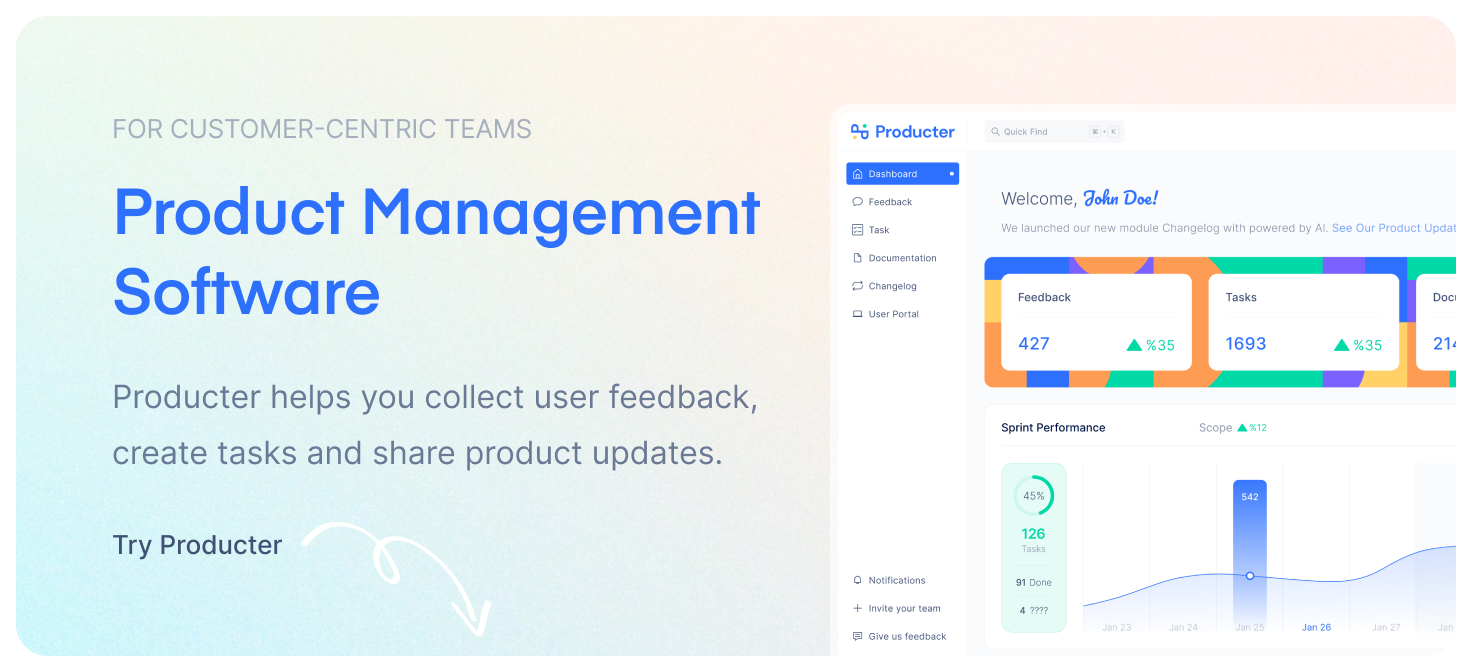A release plan is a document that provides all the details the team needs to build or realize for an upcoming product release. It conveys the features, enhancements and fixes coming out in the next release. A release plan translates the roadmap into an actionable process with prioritized tasks and uses sprints, rather than months or quarters. We can say that it is a communication tool for the internal product team and other cross-functional contributors.
An effective release plan aligns the team on what needs doing and when. It shows the phases of work and any dependencies that may impact the release date.
While the product roadmap communicates the “why” of the work, the release plan communicates “when” you will deliver the “what”. Use your roadmap to keep everyone on the same page regarding the product vision and strategic-level details. Then drill down with a release plan to keep the product roadmap on schedule for upcoming releases.

As a product manager, you are responsible for both. Having a comprehensive plan that details each phase of a release will help you avoid surprises and missed deadlines. It will keep your team on track towards a common goal. And you will be able to turn your product strategy into planned work. In this article, we will give you seven tips to create a successful release plan.
Define your goal
Planning a release starts with the end goal in mind. You need to identify the final goal in terms of what outcomes or benefits the release will create. You should know how the release will align with the larger vision of your product. Talk to your stakeholders and confirm if your vision matches their needs.

Review product backlogs
Once you established your release goal, the next step is to analyze the product backlog and prioritize items according to the product vision. Start with the Minimum Viable Product (MVP). Don’t waste your time on irrelevant tasks, prioritize your backlog based on the desired outcomes for the release.
Schedule a release plan meeting
After you defined your goal and prioritized your backlog, it’s time to hold a release plan meeting with team members and stakeholders. Your goal is to make sure that everyone is aligned on what needs to be achieved and when based on your available resources.
Your team should be able to review the proposed release plan and identify the intended workflow and potential problems involved with each iteration.
Divide releases into multiple sprints
Divide releases into multiple sprints and makes sure the workload is balanced between every sprint. Focus on the common task within your backlog for each release sprint.
You also need to discuss how much work will be distributed among the team members and ensure that your team members are not overloaded. If you overload the sprint with too much work, your team might face burnout.
Have a definition of done
Remember that every time a sprint reaches the end does not mean the product or project is ready to be launched. Establish the meaning of “done” for any release. Have a definition of done for your user stories and product deliverables and stick to it. In a high-performing team, everyone knows what done means and when the team is in fact done. By aligning on the right definition of “done” for a specific release, you’ll have an easier time keeping your team focused throughout their sprints.
Share your release plan with your team
Everyone in your team should have ongoing access to your release plan. Team members, managers and stakeholders should be able to view the project release plans and timeline without getting lost in the complex process. It is vital to make the dependencies and milestones visible so that the team can collaborate efficiently.
Continuously improve
Release planning is an agile process that should be reviewed regularly. Don’t release just to release. Release, get feedback and refine. Create a template or checklist that standardizes the release process and develops a set of best practices.
Part of a product manager’s responsibility is to always be looking for areas of improvement. Take the time to learn from previous sprints. Consider the team's velocity on the previous release. Collect feedback from team members and stakeholders. After completion of each sprint, make necessary adjustments based on that feedback.

Conclusion
Creating a successful release plan is crucial. It leads to stronger alignment for the product and development teams. It takes the strategy into an actionable plan and ensures that the product is moving in the right direction. Your team will be more likely to meet their release dates and deliver valuable experiences to customers. Use these seven tips to create a successful release plan.
Producter is a product management tool designed to become customer-driven.
It helps you collect feedback, manage tasks, sharing product updates, creating product docs, and tracking roadmap.

Written by Yagmur Vatangul Colak





